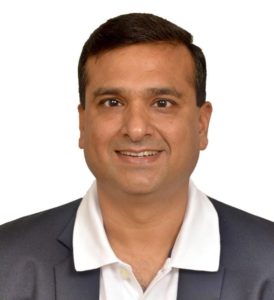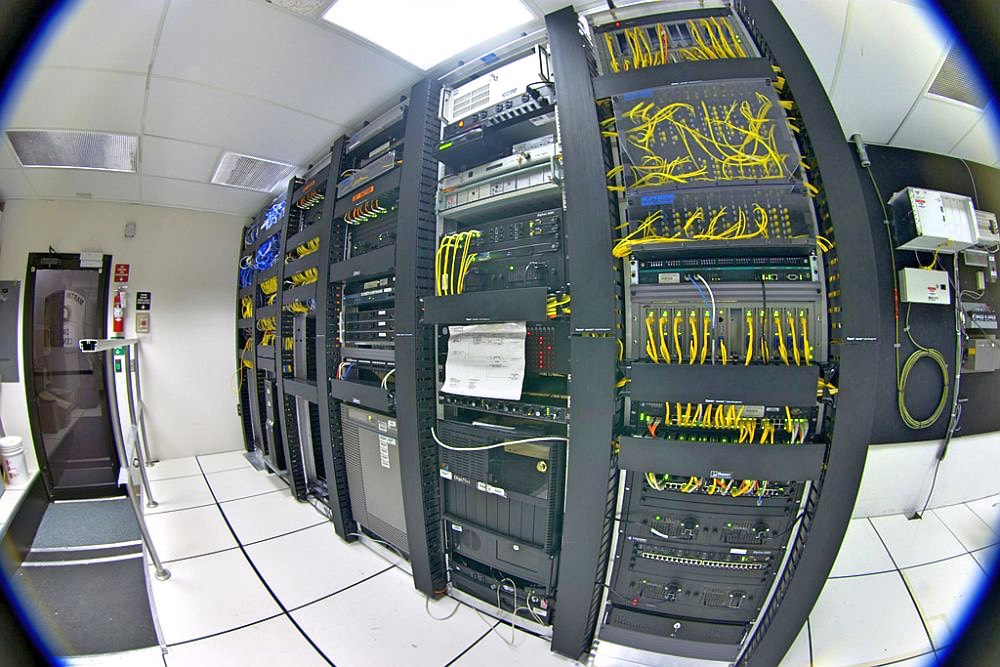The demand for data centres has increased significantly in the Indian sub-continent. According to market intelligence firm Arizton research, the data centre market in India is expected to reach a revenue of approximately $4 billion by 2024, growing at a CAGR of around 9 percent during 2018−2024.
Rising to meet this demand, data center providers are building new data centers or venturing into the data centre parks business in Mumbai/Navi Mumbai, Delhi/Noida, Bengaluru, Telangana and Andhra Pradesh. DIGITAL CREED has visited some of these data centres.
STT GDC India (Global Data Centres) is a leader in the Indian data centre market. The parent company ST Telemedia GDC is based in Singapore. STT GDC has 90 data centres in four global markets. Operating in India since 2004, STT GDC India manages India’s largest raised floor area and critical IT load of 80 MW, with 15 facilities across eight major cities, serving more than 1,200 customers, including many Fortune 500 companies. Tata Communications has a 26 percent stake in STT GDC India.
STT GDC India is a major player in colocation services, having won the Frost & Sullivan Colocation Service Provider of the Year for two consecutive years. It offers a range of managed hosting services through its partners. It has now built an integrated data centre platform and a centre of operational excellence. The knowledge sharing CoE enables it to bring its global expertise to Indian customers.
In an e-mail interview with DIGITAL CREED, Bimal Khandelwal, CFO, STT GDC India talks about the key differentiators, achievements, the types of services offered, and the company’s commitment to its customers.
Read all our Data Centre stories here.
Excerpts from the interview:
DC: Tell us about the STT GDC group and its global presence. How does STT GDC India leverage on the STT GDC global business?

Bimal Khandelwal, CFO, STT GDC India
BK: Globally, the STT GDC group has built an integrated data centre platform in key economic hubs across developed and emerging markets. STT GDC’s platform includes 90 data centres across China, India, Singapore, Thailand and the UK. Our global platform offers extensive global geographic reach, which is married with deep sector expertise, enabling our customers to rapidly deploy a scalable, global footprint while maintaining STT GDC’s premium standards of performance, reliability, security and network choice. STT GDC group has also established a Centre of Operational Excellence department to ensure knowledge-sharing of the industry’s key growth drivers and challenges, allowing STT GDC to identify key global trends to ensure that it stays one step ahead of the competition. Our customers benefit from our enhanced capabilities as we leverage global best practices and expand innovation across the markets to serve our customers better. As the pioneer offering global quality data centre services as well solving infrastructural challenges, we are the preferred data centre service provider by global customers.
DC: What is unique about your data centres? What are the salient features?
BK: STT Global Data Centres India Private Limited (STT GDC India) is a market-leading co-location service provider with the largest data centre footprint in the country. Operating since 2004, we manage India’s largest raised floor area and critical IT load of 80 MW, with 15 facilities across eight major cities, serving more than 1,200 customers, including many Fortune 500 companies. Our mission-critical solutions comprise best-in-breed platforms and vendors, enabling the company to offer industry-leading uptime to customers. STT GDC India operates two of India’s largest data centre facilities in Pune and Chennai, while the BKC Mumbai facility is the nation’s only CEEDA Gold Certified holder. For the last few years we have consistently achieved 25% revenue CAGR, outpacing the market -– thanks to a well-diversified customer base across key segments such as e-commerce, Cloud, BFSI and government.
DC: What are some of your biggest achievements to date?
BK: We were the only data centre provider to win orders amounting to >50MW, for built to suit data centres/server halls from major global technology and internet services giants from US, Europe and Asia. We’ve gained appreciation and endorsements from our key customers for timely deliveries and impeccable operations track record and have been awarded numerous awards, including the Frost & Sullivan Colocation Service Provider of the Year, two times in a row amongst many others. Our business is fast, exciting, challenging, and 100% people-centric; and as India’s largest data centre employer, in just one year we have more than doubled our workforce attracting talent that is not only highly skilled but also young and eager to learn and grow.
DC: What type of data centre services/ managed services do you offer and what are the specialisation areas?
BK: Our forte is to focus on the underlying infrastructure layer, which is a very subject matter expertise area. This is the space where the customers were looking for a very reliable partner who can deliver on time and meet all stringent SLAs. So our primary focus is on co-location services which provide data centre hosting services to all our customers. We have partners like Tata Communications and other system integrators who provide services like managing hosting services or security services and they leverage our data centres to provide these kinds of services.
DC: Current capacity and locations of data centres in India
BK: The current capacity includes delivering more than 60 MW of critical IT load with 14 carrier-neutral facilities and carrier-dense interconnections across eight key cities in India. Spread over 2.15 million sq. ft, these include Delhi-NCR, Mumbai, Kolkata, Pune, Chennai, Hyderabad, Ahmedabad and Bengaluru.
DC: The demand for data centres and data storage is growing in India. Tell us about your plans to build new and more data centres in India.
BK: To maintain the leading position in the industry and continue to address customers’ current and future demands we plan to more than double our capacity in the next 3-5 years. Our new data centre in Bengaluru, will offer 18 MW of critical IT load – making it the largest DC in India’s largest IT hub. In the next 24-26 months, in addition to the existing portfolio, we plan to add 150 MW of critical IT load in spread across 4 million square feet. STT GDC India is also exploring large data centre buildings and campuses to support large-scale deployments. Simultaneously, this will enable us to deliver capacity more rapidly and cost-effectively.
The company will continue investing in human resource productivity, introducing an appropriate automation mix to support growth plans.









